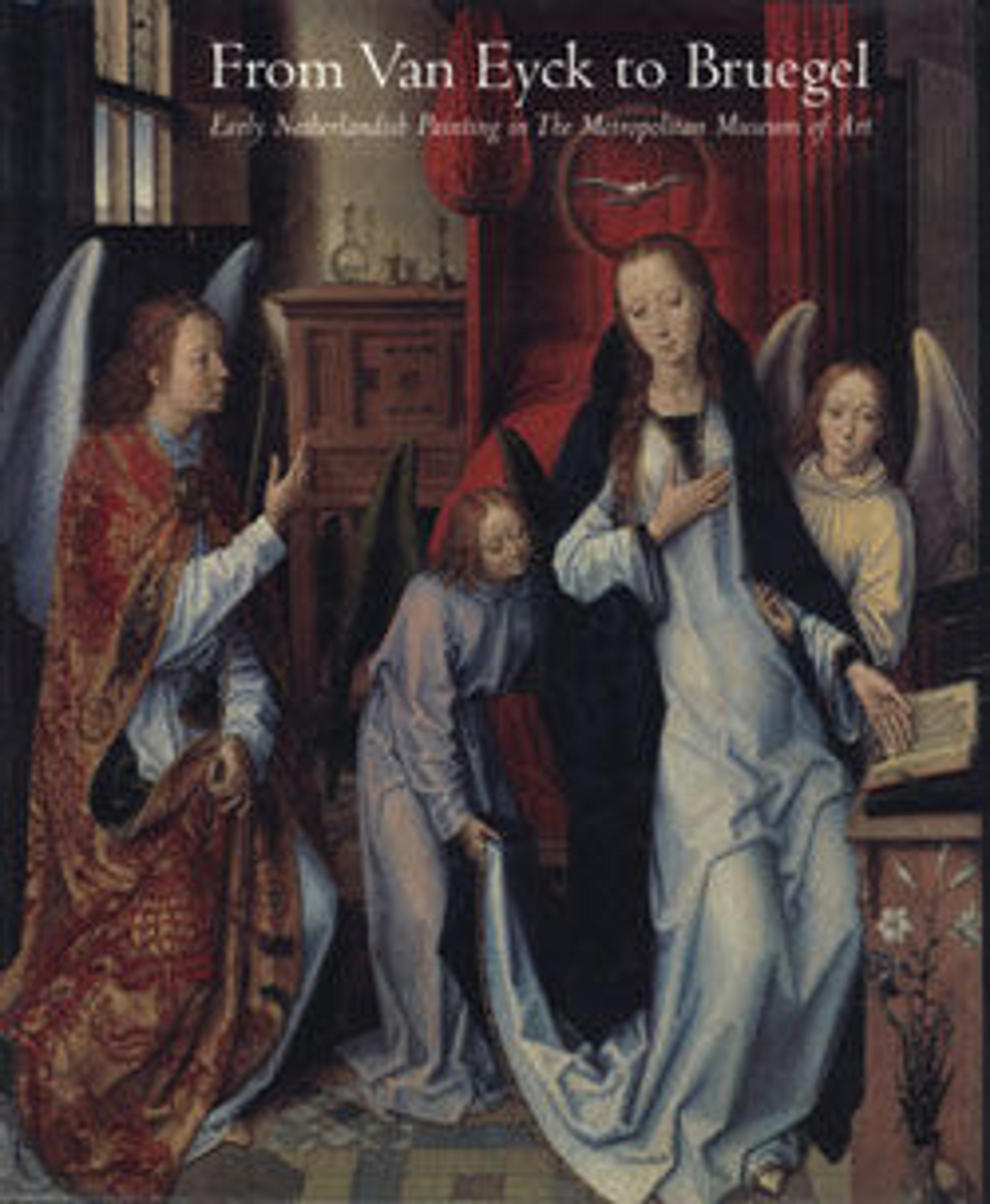Portrait of a Man
Carefully observed details, such as the loose skin beneath the eyes and the creases by the mouth and brows, create an appearance of realism that is characteristic of Bouts’s work. The panel has been cut down on all sides, making it unclear whether this is an independent portrait or a former part of a religious triptych or larger composition. The hat is an unusual feature for a devotional figure with the hands joined in a gesture of prayer. They were painted over the man’s jacket, and with time, this has resulted in a slightly darker appearance.
Artwork Details
- Title: Portrait of a Man
- Artist: Dieric Bouts (Netherlandish, Haarlem, active by 1457–died 1475)
- Date: ca. 1470
- Medium: Oil on wood
- Dimensions: Overall 12 x 8 1/2 in. (30.5 x 21.6 cm); painted surface 11 5/8 x 8 1/8 in. (29.5 x 20.6 cm)
- Classification: Paintings
- Credit Line: Bequest of Benjamin Altman, 1913
- Object Number: 14.40.644
- Curatorial Department: European Paintings
More Artwork
Research Resources
The Met provides unparalleled resources for research and welcomes an international community of students and scholars. The Met's Open Access API is where creators and researchers can connect to the The Met collection. Open Access data and public domain images are available for unrestricted commercial and noncommercial use without permission or fee.
To request images under copyright and other restrictions, please use this Image Request form.
Feedback
We continue to research and examine historical and cultural context for objects in The Met collection. If you have comments or questions about this object record, please contact us using the form below. The Museum looks forward to receiving your comments.
